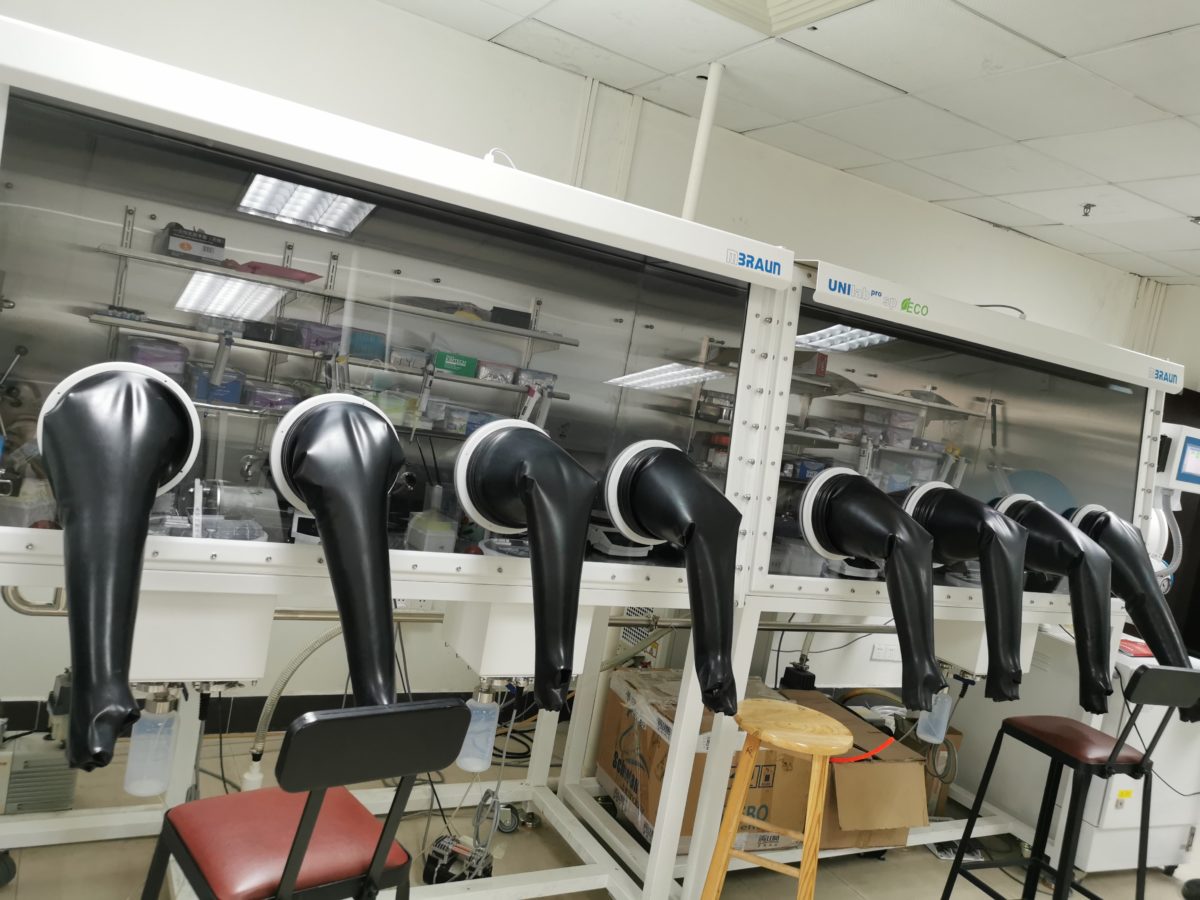An international group of researchers has developed a layer-by-layer (LbL) processed all-polymer organic solar cell for applications in indoor photovoltaics and building-integrated photovoltaic (BIPV) projects.
“Our device processing method can be prepared in a large area, which will help promote its further commercialization,” the research's corresponding author, Yue Zhang, told pv magazine. The cell was built with a top donor material known as PBDB-T and an electron acceptor made of the polymer PYT. The microstructures of PBDB-T and PYT were processed through LbL processing assisted by solvent additive and thermal annealing.
“By adding a small amount of 1-chloronaphthalene (CN) during the deposition of the top layer (PYT) and applying a post thermal annealing treatment on the PBDB-T/PYT active layer, the lamellar crystalline coherence length (CCL) of PBDB-T was improved significantly, and polymer fibrils were formed in the PYT phase,” the scientists explained. “Besides, BHJ-like morphology with intimate interdiffusion between PBDB-T and PYT in the vertical direction, yet favorable vertical composition distribution, has been formed in the PBDB-T/PYT film.”
According to them, this cell architecture creates the conditions for a longer exciton lifetime, improved exciton dissociation, reduced trap densities and charge recombination losses, as well as more efficient charge transport and extraction.
Popular content
Tested under standard radiation conditions, the device achieved an open-circuit voltage of 0.91V, a short-circuit current of 23.07mA/cm2, a fill factor of 0.77, and a power conversion efficiency of 16.05%, which the academics described as the highest efficiency ever reported for an all-polymer solar cell based on polymerized small molecular acceptors (PSMAs).
“This study demonstrates an effective strategy to finely regulate the microstructures of the polymer donor and acceptor in all–polymer solar cells,” the academics concluded. “In combination with the intrinsic advantages in controlling vertical composition distribution and phase separation, via LbL processing, these findings suggest broader implications for the efficiency enhancement of all–polymer solar cells.”
The cell was presented in the paper “Layer-by-layer processed binary all-polymer solar cells with efficiency over 16% enabled by finely optimized morphology,” published in Nano Energy. The research group includes scientists from the South China University of Technology, the Friedrich-Alexander-Universität Erlangen-Nürnberg, in Germany, and the Eindhoven University of Technology, in the Netherlands.
This content is protected by copyright and may not be reused. If you want to cooperate with us and would like to reuse some of our content, please contact: editors@pv-magazine.com.



2 comments
By submitting this form you agree to pv magazine using your data for the purposes of publishing your comment.
Your personal data will only be disclosed or otherwise transmitted to third parties for the purposes of spam filtering or if this is necessary for technical maintenance of the website. Any other transfer to third parties will not take place unless this is justified on the basis of applicable data protection regulations or if pv magazine is legally obliged to do so.
You may revoke this consent at any time with effect for the future, in which case your personal data will be deleted immediately. Otherwise, your data will be deleted if pv magazine has processed your request or the purpose of data storage is fulfilled.
Further information on data privacy can be found in our Data Protection Policy.